![]() |
Thomas Finley's sketch depicting kayakers' run-in with two long-necked mystery animals at Lake Champlain. Could a similar scenario have occured in Somes Sound on August 22, 2013? |
Last August, cryptozoological Loren Coleman
made a brief mention of kayakers off Somes Sound, Maine allegedly observing a 'sea serpent' just weeks before. As the common person generally considers 'sea serpent' sightings to be a matter of the past, I was quite thrilled to hear about such recent allegations. I wrote about the report
here, and have been meaning to add a sort of an update to it ever since. Due to my expectations of further data arising, I delayed publishing an amendment. I had hoped that the witnesses would come forward with more details, possibly giving us a better idea of what was supposedly observed. However, my own investigation attempts into this report have yielded a much dreaded dead-end. Still, the information that I have uncovered is of importance as pertaining to this case.
![]() |
Illustration by Thomas Finley depicting a composite based off of reports of 'sea serpents' with large eyes and manes. Essentially a rendition of Heuvelmans' merhorse but modified with additional features inferred from reports. While many researchers such as myself now consider such a model to not be entirely consistent with reports, horse-headed 'sea serpents' continue to be described by witnesses. |
With the goal of receiving more information regarding what the middle-aged kayakers reported seeing on August 22, 2013, I contacted Loren Coleman via his email. I received the following reply:
"There is no more information. I attempted to gather as much data as I could. The two eyewitnesses reported their sighting anonymously to an information officer at the ranger station at Mt. Desert Island's Acadia National Park. The individual who took the report did not take the names of the eyewitnesses. The report was not officially placed in any kind of record at the park, and only was given to me due to a personal contact who had casually talked to the information officer. The officer has refused to speak further about the incident. As the park was short-staffed and working under abnormal situations during the government shutdown, usual guidelines to more completely record the circumstances of the sighting were not followed."
So, there we have it. Perhaps my joking with classmates about the government shutdown was not in good taste after all, as the event seems to have cost us what may have been a valuable 'sea serpent' report. Nonetheless, I decided to contact the ranger in which the report was originally posited with hopes that it was offhandedly recorded. I was pleasantly surprised to find that I received a reply:
"Dear Jay,
I'm sorry, but I've contacted our law enforcement division and they can't find a record of that report. Someone in the office remembers the two gentlemen coming in during an extremely busy time, but apparently the report didn't get filed. I'm sorry we can't be of more help and wish you the best in your research."
While I was impressed that an official at the ranger station was willing to look into and reply to my inquiry for information regarding a mystery animal sighting, it is further confirmation that this report may be lost forever. However, it is worth noting that there are a few other alleged 'sea serpents' which have been described in a similar manner, perhaps leading credence to the idea that the kayakers had observed a genuine unknown animal. One report containing an especially similar description to that of the Maine 'sea serpent' was that made by Charles Bungay and C. Clarke. As chronicled in J.P. O'Neill's
The Great New England Sea Serpent, the two men were fishing in Fortune Bay off the coast of Newfoundland on May 4, 1977 when they suddenly witnessed what appeared to be garbage bags floating in the distance. As they neared the objects, a six foot neck rose into the air and turned a head to look directly at them. The animal's head was like that of a horse but possessed "ears" or "horns" which were approximately six to eight inches in length and dark eyes on the front of its face. Its overall body length was estimated at around thirty to forty feet, and it apparently had scaly skin. In regard to the 'scales' alleged to have been present on the Fortune Bay and Somes Sound 'sea serpents', cryptozoological researcher Nick Nordöstrom suggested to me that the animals may have been host to barnacles. As any long-necked marine tetrapods would likely inhabit the 'benthic grazer' niche supposedly left vacant by the plesiosaurs, this concept is certainly a possibility. In the comments section of my previous article on this eyewitness account, cryptozoological researcher Dale Drinnon relayed the manner in which long-necked 'sea serpents' are generally described in Maine. As Dale
has conducted statistical analyses of features reported in global longneck reports, I consider him to be a reliable source in regard to this matter. His findings are reproduced below:
"The common long-necked animal reports in the area ordinarily have a 'periscope' ten feet out of the water and a foot across [or] 'somewhat bigger than a human head' and about in that ball park since the late 1700s. Three feet long is a much larger than usual head than they commonly have historically, about 150% of the norm. Two feet or 'the size of a barrel' is the norm, and an ordinary beer keg is about 16 inches across and two feet high."
Dale went on to note that he feels the animal observed was most likely a moose with dried hair looking like scales, a possibility noted in the previous article on this report. Apart from the description of a three foot horse-like head, he also speculates this on the basis that 'waterhorses' which were allegedly twelve to sixteen feet in length and came to shore have been reported in Maine:
likely entailing misidentifications of moose. While I have been unable to find specific reports from Maine containing these cited features, they are reminiscent of the maned 'sea serpent' supposedly observed in St. Margaret's Bay of Nova Scotia. The animal was described by William and Henry Crooks as measuring sixteen feet in length, having a brown coloration, and "endeavoring to get ashore". This certainly sounds like a plausible mistaken observation of a swimming moose, although Bernard Heuvelmans felt that it was a 'merhorse' sighting and some may feel that locals in the area would not be so unable to identify a common ungulate. In regard to the Maine 'sea serpent', I pointed out to Dale that the majority of witnesses are unlikely to be exactly correct with measurements during a startling encounter with a large animal. If we allow such a plausible mistake, the head length reported for the alleged Maine 'sea serpent' isn't too far off from the typical estimate of two feet. Thus, it may very well have not been a simple misidentification of a moose, but such identity-related speculation is useless without extensive details behind the sighting.
![]() |
The classic LeBlond and Bousfield 'cadborosaurus'/swimming moose comparison created by Dick Raynor. While some reports of horse-headed 'sea serpents' certainly sound like honest misidentifications of such cervids, there are others which appear to more likely entail animals of an unidentified nature. |
Although I would wish to remain a positive attitude pertaining to the matter of the 2013 Maine report, it appears unlikely that any important data will come forth. While the only hope for the desired information behind this alleged sighting is for the witnesses to step forward, this is not the only 'sea serpent' report of more recent years. On August 16, 2010, cryptozoological researcher John Kirk (whom I have had the pleasure of meeting in person) observed an unidentifiable animal with a neck sticking three feet out of the water and a head rather similar to that of a cow swimming in the Fraser River. The 'cadborosaurus' possessed two low humps behind its head/neck region, ear-like protrusions, and a sort of apparent mane. Interestingly, John noted that the animal's snout appeared similar to that that of the
Naden Harbor carcass when its head slightly turned for a brief moment. As has been reported in multiple other long-necked 'sea serpent' sightings, the animal "sunk down vertically" when a boat approached it. In August of 2013, an unnamed witness allegedly observed an animal with the "body of a snake" which was "the size of a small car" in Cadboro Bay. Its head was apparently "looking around". Another unnamed witness claims to have seen an animal which "looked like a giant snake" off Galiano Island on December 15, 2013. The 'sea serpent' reportedly possessed a "black glossy body" which was "standing out of the water about 3.5 to 4 feet high". Its full body length was approximately forty to fifty feet with a diameter of twenty to twenty five inches. The animal was apparently "wagging" a long tail in and out of the water and was turning its head back and forth during this action. The source in which I learned the details of these compelling reports is the superb
CaddyScan website, perhaps the only working database of 'sea serpent' reports online. Thus, thanks to the work of such great investigators, the notion that 'sea serpent' sightings are purely a matter of the past is being broken. Hopefully, witnesses will continue to come forward and possibly help the discovery of the animals behind 'sea serpent' reports (if such animals exist) and conservation of their habitats to occur in the near future.
![]() |
John Kirk's sketch of the animal he observed where the Fraser River empties into the Salish Sea. I have not received permission to reproduce the eyewitness sketches of the other recent reports mentioned above, but they can be found at the bottom of this page. |












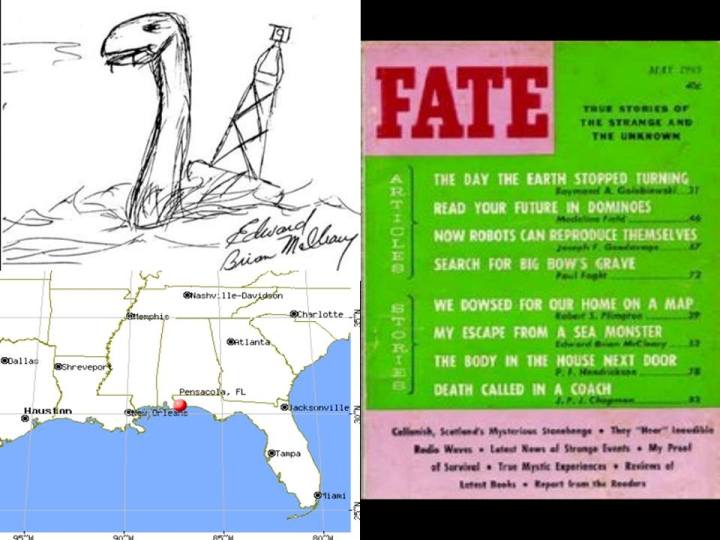














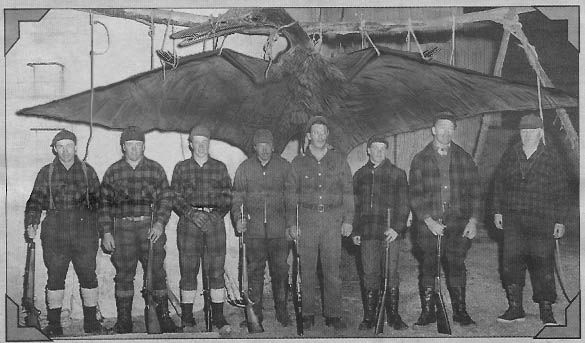













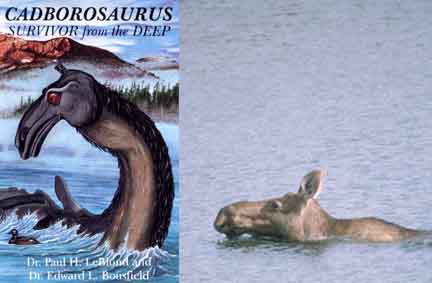
























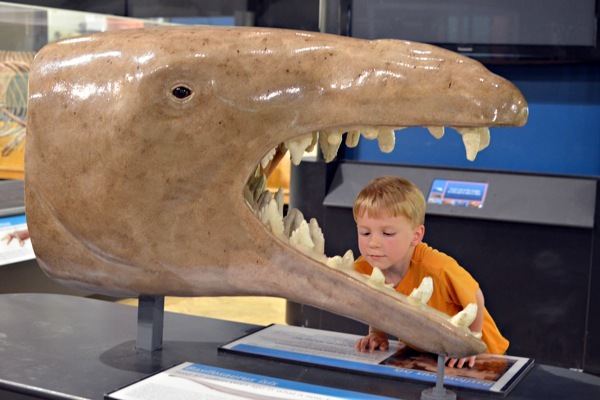

















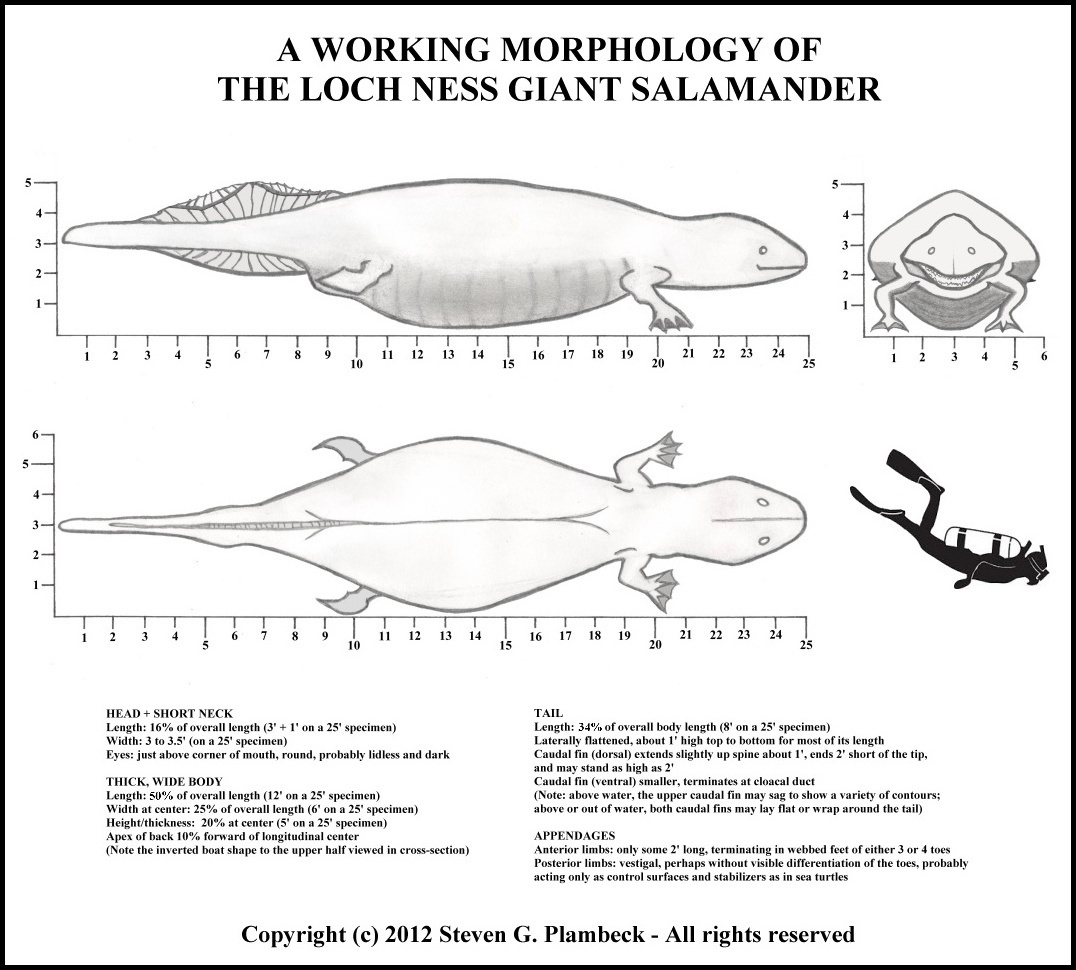




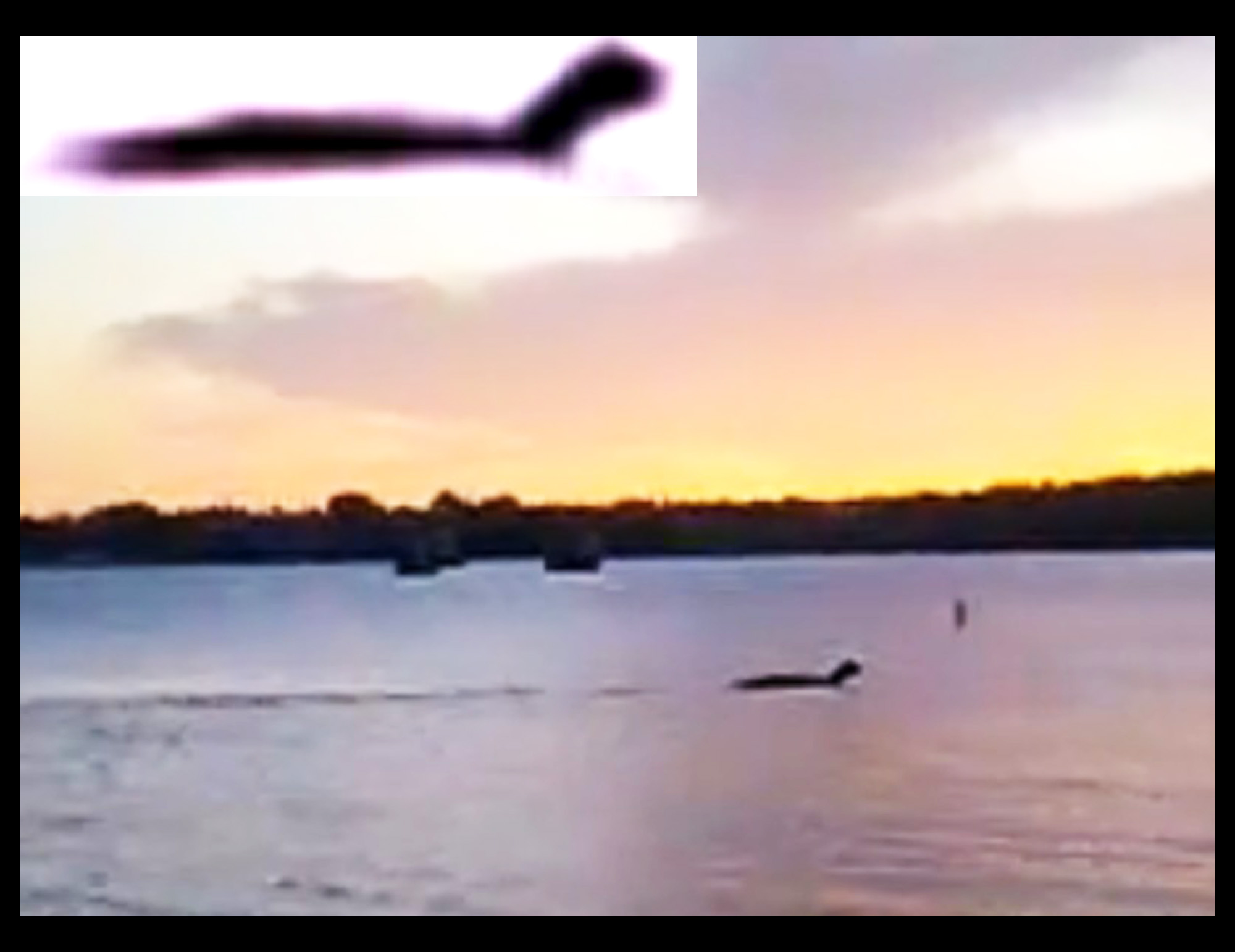




 But, before you get too excited, you need to know the whole story behind it. It is a still captured from a video he shot under conditions of extreme heat haze caused by a temperature inversion.
But, before you get too excited, you need to know the whole story behind it. It is a still captured from a video he shot under conditions of extreme heat haze caused by a temperature inversion. 




